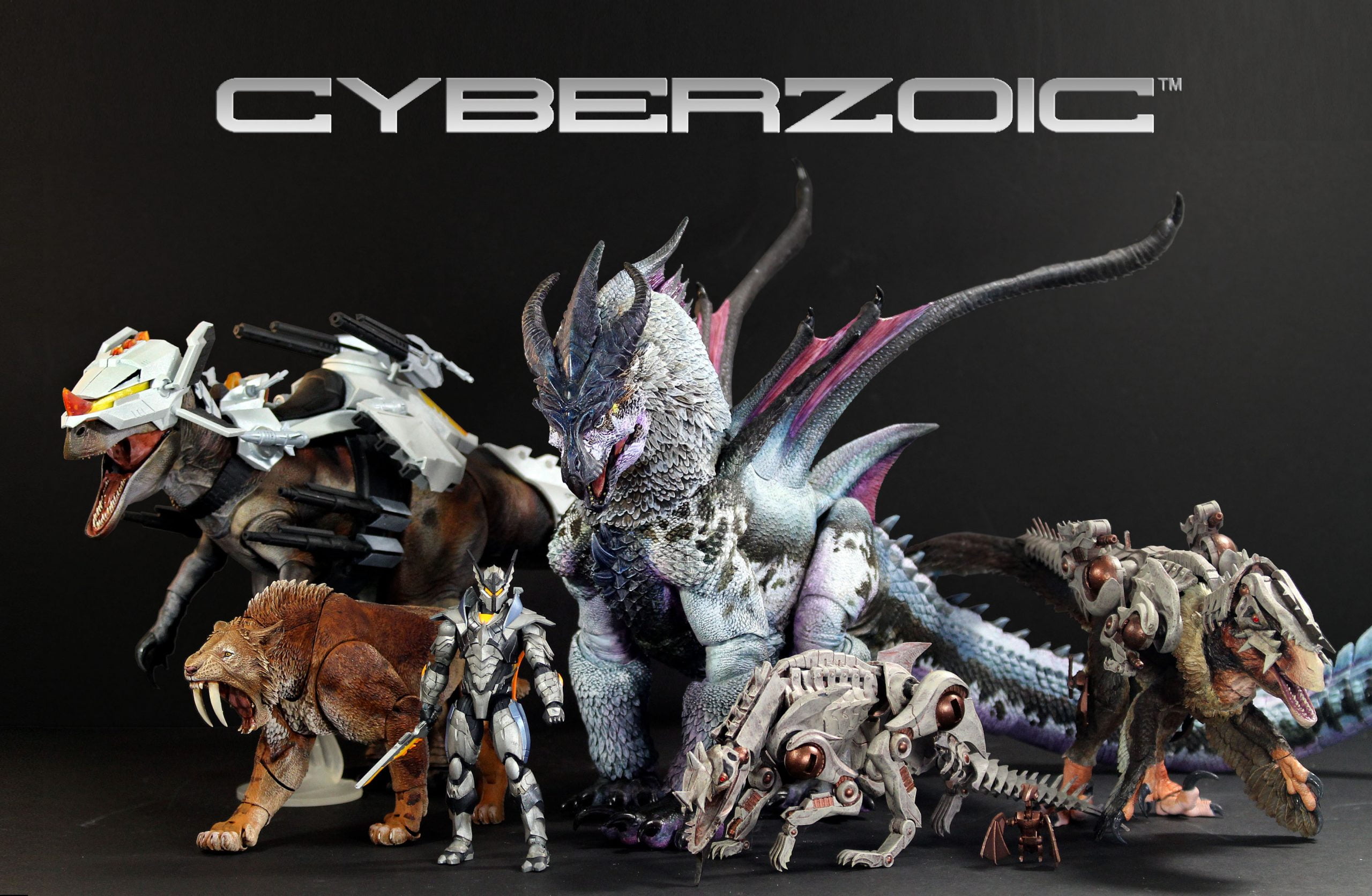Welcome back to G33k-HQ’s Comic of the Week! This week, we’re hopping over to Marvel’s Ultimate universe, which has gone through quite a reshaping since its destruction in “Secret Wars” and its rebirth in “Ultimate Invasion.” So without further ado, let’s visit “The Ultimates” and see how that universe’s version of the Avengers is doing.

“The Ultimates” #11 is written by Deniz Camp, illustrated by Juan Frigeri, and illustrated by Federico Blee. While the comic has primarily followed the events on Earth, as the Ultimates battle against both powerful foes and bad PR, this issue takes us to Asgard to follow Thor and Sif in their struggle against Loki.
What makes this issue really stand out is the way it’s presented. Instead of a series of connected panels, filled with banter and motion, it’s told as an epic poem, with each scene filling an entire page with one image to illustrate the narration.
The epic poem itself is very well written, flawlessly carrying the narrative while making great use of plenty of literary techniques. We have rhyming couplets, rhymes within lines, a little alliteration (alright, a lot of alliteration, and admittedly above adequate at that), and so forth, which make the narration a joy.
The poem tells the story of Thor and Sif as they travel across the realms, seeing how Loki has chained and warped those living in it, how they gather allies, and their counterattack. But what really makes the story impactful are the messages therein.

The dwarves of Nidavellir were turned from craftsmen to factory workers on an assembly line. The elves of Alfheim can no longer create art, but instead push out “content.” And the Vanir of Vanaheim stay neutral, choosing safety over doing the right thing. Loki and his followers use any opposition as an excuse to double down on the oppression.
I think we can all see the metaphors here, and they are wonderfully done, using the fallen realms as a mirror to our world. The message is equally clear, spelled out in large letters:

It’s a message that bears repeating these days, which makes their rise and revolution all the more impactful.
“The Ultimates” features artwork by Juan Frigeri and colors by Federico Blee. Frigeri’s artwork is just as epic as the narrative, emphasizing the characters’ heroic profiles and bringing the many inhabitants of the nine realms to life in excellent detail.
Each page is packed with detail that adds depth to the worlds and Loki’s rule over them. In Nidavellir, we see the massive factory the dwarves are forced to work away in. The emaciated, aged gods of Asgard create a horrifying image, contrasted immediately by skeletons feasting in their halls. The Vanir are a great blend of humanoid and nature, feeling truly mythical.

Then, of course, the action scenes are packed full of motion, even if they just take a single page. Thor’s battle against the frost giants of Jotunheim captures a perfect snapshot of the conflict, and the page where we see the assembled forces rise against Loki is, well, inspiring.
Blee’s colors bring each scene to life, controlling the lighting, atmosphere, and even the temperature with the tones and shading used. There are different colors dominating each realm, like the shades of black trapping the golden elves of Alfheim and the glow of their magic or the orange flames of Muspelheim.
Even if you haven’t been following the Ultimate Marvel universe (and frankly, you should), “The Ultimates” #11 is an issue well worth reading. Deniz Camp’s story and poetic narration carries readers across the story wonderfully, while Frigeri’s illustrations and Blee’s colors bring each scene to life, page by page.
The Ultimate Marvel universe has never been better or more exciting, and “The Ultimates” is the perfect gateway into this new world. This is an issue that’s not to be missed.




